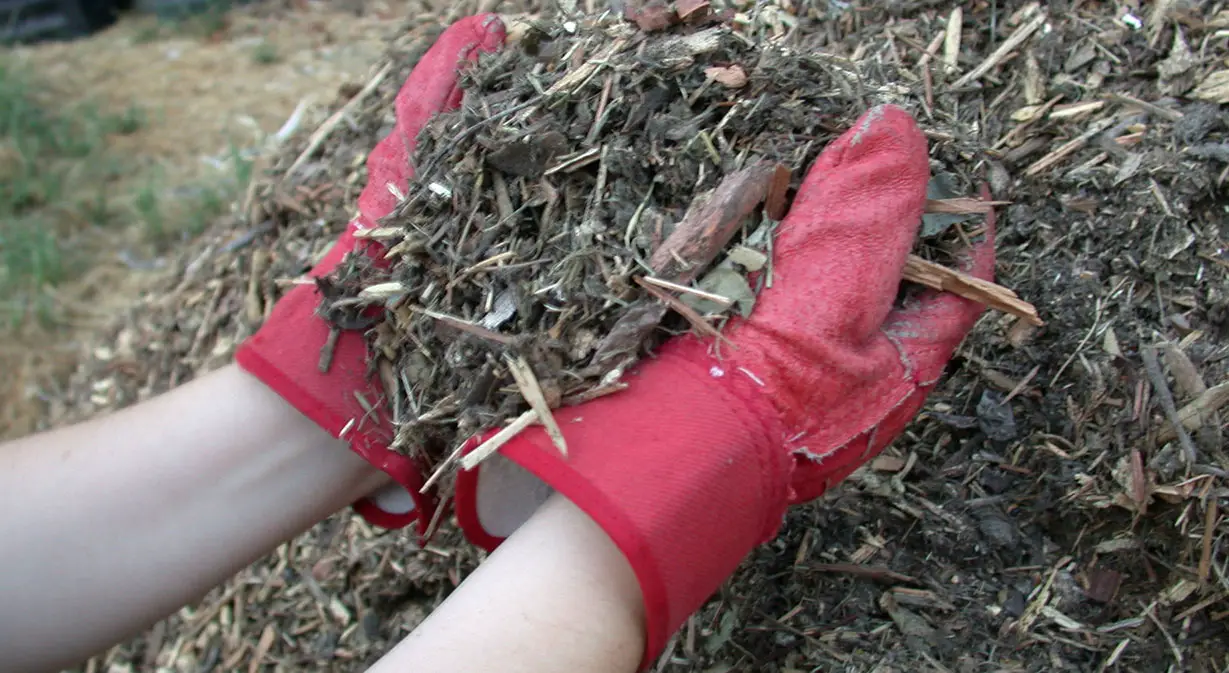RANCHO SANTA FE — In light of the drought, many residents living in the Ranch are rethinking their landscaping options. Also on the minds of many is fire safety during this time.
Mulching is one way to retain moisture and add nutrients, however, Conor Lenehan, fire prevention specialist II/forester with the RSF Fire Protection District said there are safe ways to disperse it.
“We recommend that mulch be used as long as it does not exceed 6 inches in depth and is maintained at least 12 inches from your structure. Having mulch against your structure is considered a fire hazard due to the combustibility of it,” he said. Lenehan continued, “Mulch fires can provide enough heat to penetrate through the stucco and start small interior wall fires near the foundation in the weep screed.”
Lenehan said for orchards, groves and vineyards, he does not recommend mulching in these areas and zones. The reason for this is if a fire starts, mulch can fuel embers in a ground fire up toward tree canopies.
With water restrictions, the Fire District highly recommends watering landscape within 50 feet of a structure. Within in this perimeter, residents are instructed to clear dead vegetation and plant water-wise and fire resistant landscape.
“It is extremely important to water the trees within this zone as they are a large fuel source for wildfires. We realize that some trees are going to be stressed and may die with the water restrictions and years of drought,” he said. “It is important for homeowners to remove trees if they start to die within 100 feet of a structure and within 20 feet of a roadway.”
According to Lenehan, the District is crafting their updated “Plant & Landscape Guide.” This guide is for both homeowners and landscape architects.
Lenehan cannot stress enough the importance of residents maintaining 100 feet of defensible space. While the first 50 feet is dedicated to irrigation and fire-wise and drought tolerant landscaping, the next 50 feet out should have vegetation thinned out by half.
“This means remove about every third plant or shrub, weed-whack all weeds and annual grasses below 6 inches in height, and remove all dead vegetation. By increasing your 100 feet of defensible space, you increase the chances of your structure surviving a wildfire.”
Lenehan wants residents to know that the Fire Prevention Bureau performs home inspections and provides helpful tips on how to make a residence more defensible.
For more information call (858) 756-5971 or email [email protected].

